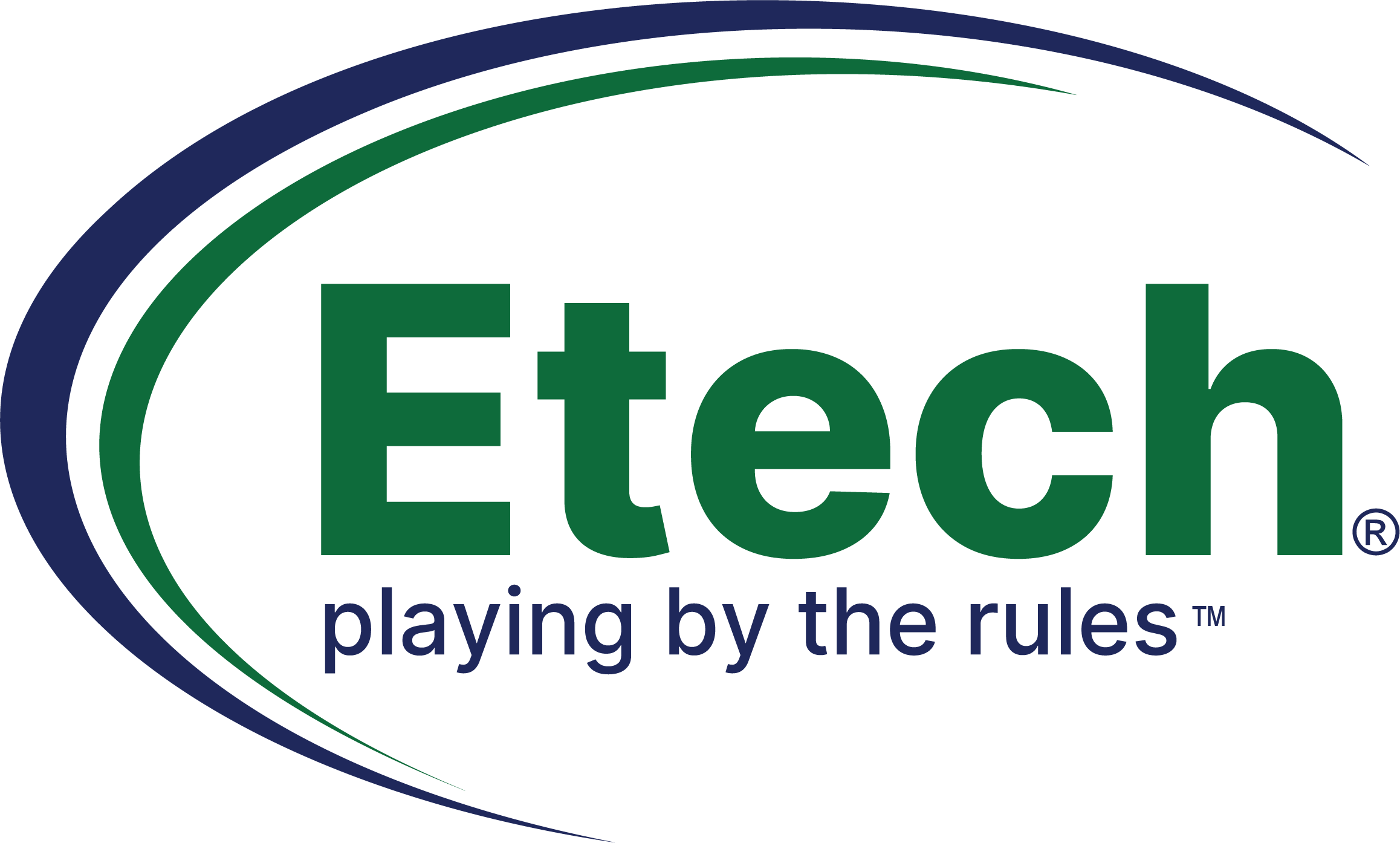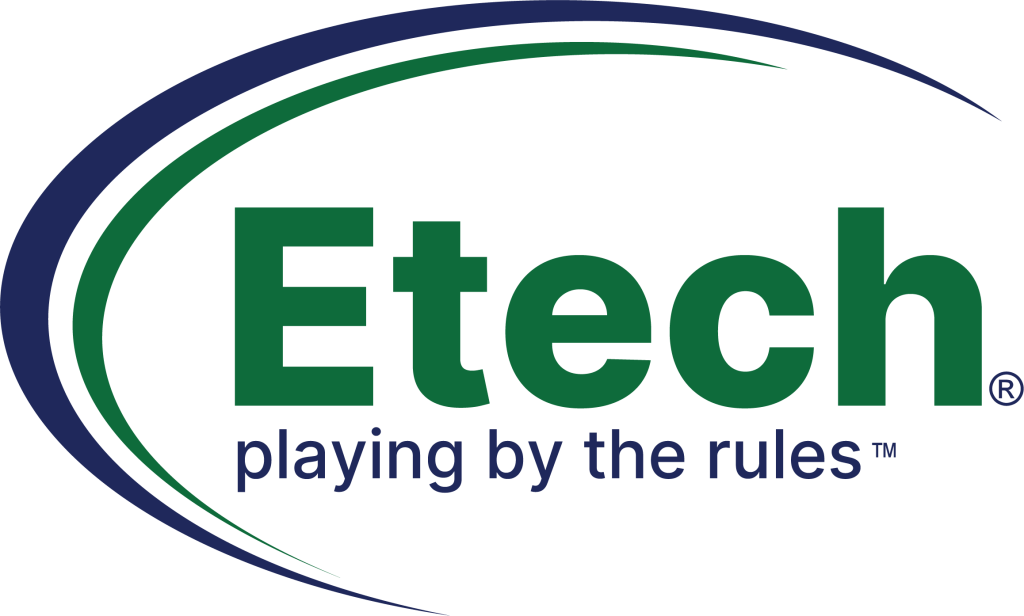4 Secrets To Flawless Conversion Rate Optimization
Are you aware that about 25% of the phone calls received by call centers are evaluation calls, prank calls, fax tones or hang-ups? All these “no opportunity” calls reduce your bottom line. And, seeing as all calls received at a call center, irrespective of the call type, generates a cost, it’s essential to choose a call center that provides callers with an active and interactive first experience to improve your 75% chance. When managing a call center, it is all about turning leads into sales. Constant high volumes of conversions generate sustainable revenue over long-term projections. However, call centers will unavoidably experience extended periods of slumps in lead conversion rates. During periods of long lulls in sales volume, it becomes necessary to improve the call center’s guidelines of operation to guarantee a greater lead conversion rate, and so stimulating revenue back towards sustainable ranges. Paying attention to Time-Sensitive Conversion Rates If a manager of a call center evaluates the center’s lead conversion record, it will be obvious which periods of the day most leads have a tendency to convert into sales. If a general trend shows up, where it is evident lead conversions are not taking place during the course of a time period of time each day, then a call center can suspend operations all through the particular time period in question to focus on its average lead conversion rate optimization. On the other hand, the assessment might uncover precisely how a certain day of the week is turning up considerably minimal lead conversion averages. A call center might choose to stick to a policy of not operating on a day of the week found to show such poor outcomes for the same reason. Incorporating Higher Conversion Quotas Considering the fact that a call center performance depends on stable conversion rates to stay financially viable, it is typically required to enforce a policy demanding higher conversion quotas. Holding onto employees who do not possess the proficiency for making sales or meeting quotas is a waste of time and funds. For that reason, it is sensible to go through individual employee conversion rate reports on the lookout for employees who show weak lead conversion efficiency. By changing employees who are not achieving quotas with new agents who will be able to match or even go beyond quotas, you can actually get great conversion rates optimization for the call center. Limiting the Obligations of Your Campaign Manager Difficulties will usually present themselves in a company’s call center performance if the campaign manager is busy with a great number of other activities and duties. Creating a highly effective call center campaign requires an intense level of focus on essential details. Obtaining the phone script to read through well, placing the right callers with the right experience on the campaign, and updating details in the course of execution are all specifics requiring regular monitoring to guarantee optimum results. Such level of accuracy is tough to make certain if the company’s campaign manager is solving way too many different tasks in the organization. The inherent disturbance of their concentration just being divided is a potential reason for a reduction in conversion rates never to be overlooked or taken for granted. For this reason, operational policy should lay down constraints on completely unrelated duties, as a result getting rid of such distractions from inhibiting the focus and efforts of the campaign manager’s improvement of effective marketing campaigns. Building a reliable call center performance and good lead conversion rate will involve putting very serious attention on operational policies. Once the policies regulating how your call center functions truly contain a strategy of success, the lead conversion rate optimization will show that the results have been accomplished. In a nutshell, this outcome will re-establish income to a healthy, sustainable level. Outsourcing The policy change driving the outsourcing of numerous aspects of a company in-house call center’s tasks to a third-party call center will certainly help boost conversion rates optimization. A third party call center might focus on dealing with other aspects of business, like making appointments, handling a client-based hotline, tech support, or manage billing and collection services. This outsourcing benefit certainly will enable a company’s in-house call center to focus on lead conversions without some other business-related distractions. Call volumes increase and decrease, so an in-house call center is vulnerable to times of low volumes when agents are idle. Outsourced call centers take advantage of multiple customers, which helps lessen the severity of call volume peaks and lows. Agents can work a lot more efficiently, and managers can plan employees more effectively, contributing to decreasing costs-per-call. Also, outsourced call centers possess the size and team to ramp up instantly if call volumes peak as a result of seasonal activity or massive marketing campaigns. Outsourcing service level agreements (SLAs) demand all customers’ calls and also messages via other channels (like email and web chat) to be taken care of professionally. Reply time and first time call resolution is the first priorities and some of the measures of call center standard. Outsourced call centers possess monitoring tools and overall performance evaluation and improvement strategies in place to make sure SLAs are met. In-house call centers might not possess the tools or expertise meant for structured, consistent quality monitoring and overall performance improvement strategies.


